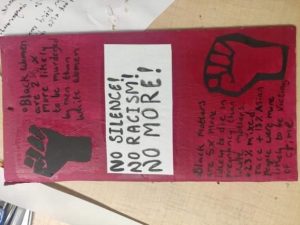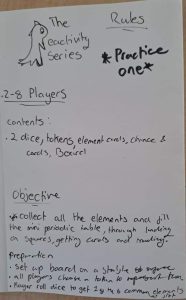When viewing my work, I can with great certainty confirm my photos meet bot aesthetically and symbolically the criteria I was hoping to obtain for my take on identity. The visuals themselves are typically dark as obtained by a combination of lighting and editing. Said editing for the work overall required colour saturation – namely on the colder end of the spectrum, removal of original colour to then add on different colour and shade, and saturation of shadows. The subjects consists of parts of myself yet are obscured to interlink with the detailed nature of identity, yet their newly transformed colour palettes and added effects indicate a morbid perspective on the self. My critique of these photos however is limited by the subjects as well, as a focus on other external subjects I feel could have helped in testing and strengthening my creative range.
Commentary – Photography
- Author By Crow Webster
- Publication date 23/02/2023
- Categories: AAD012, Workshop 02
- No Comments on Commentary – Photography
















































